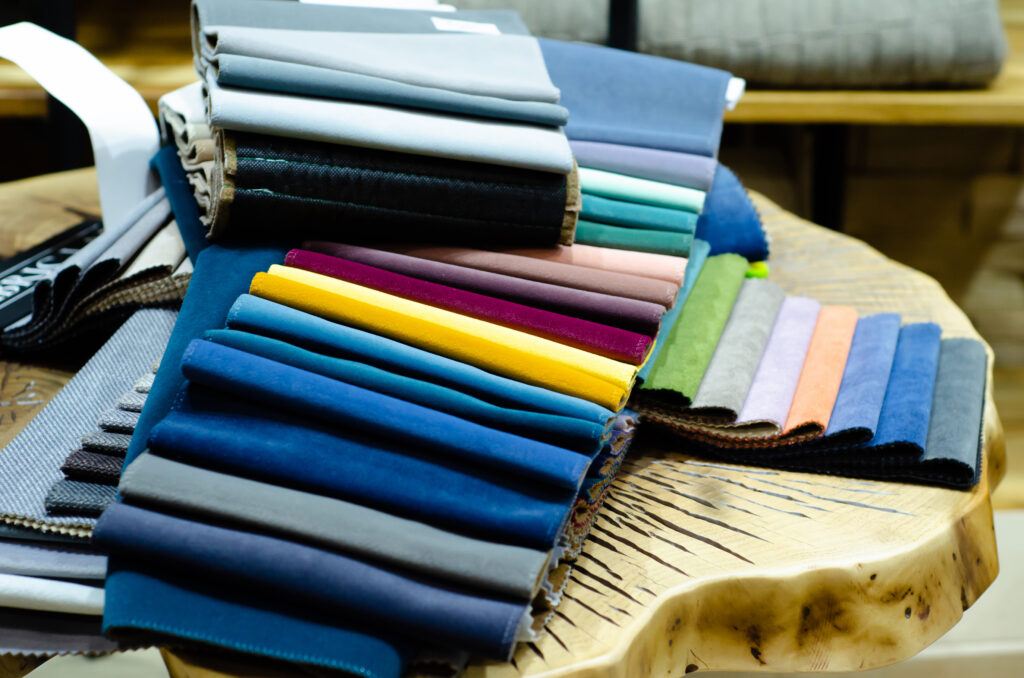Choosing the right fabric for your window treatments can be the difference between a room that feels unfinished and one that radiates comfort and style. From the light-diffusing charm of linen to the rich elegance of velvet, every fabric brings its own aesthetic and functional benefits. If you’re exploring your options through curtain guides, shopping for bespoke designer window treatments, or upgrading your current window treatments, this guide will help you make the best fabric choice for your space.
Start with Function
Before diving into textures and colours, think about what you need your window treatments to do. Are you after complete privacy? Do you need to block out light or simply filter it? Perhaps you’re looking to insulate a draughty room or create a soft, decorative touch?
Curtain guides often recommend choosing fabric based on both the room’s purpose and its natural light exposure. For instance, blockout linings are perfect for bedrooms, while light linen may work beautifully in north-facing living rooms where privacy is less of a concern.
Premium designer window treatments will always consider both function and form, offering options that meet your practical needs while enhancing your room’s look.
Popular Fabric Types for Curtains and Roman Blinds
1. Linen
Linen is a popular choice in many Melbourne homes thanks to its relaxed elegance and breathable quality. Lightweight yet textured, it diffuses natural light beautifully and suits coastal, Scandinavian, and contemporary interiors.
Many curtain guides recommend linen for informal living areas or layered looks with sheers. It works well in designer window treatments when paired with structured Roman blinds or heavier drapes.
Just be aware that pure linen wrinkles easily, something that can add charm in casual settings but may not suit every style.
2. Cotton
Versatile and affordable, cotton is one of the most commonly used fabrics in window treatments. It’s easy to care for, durable, and available in an endless range of prints and colours.
Curtain guides suggest using cotton for almost any room, from bedrooms to children’s spaces. It’s also frequently used in designer window treatments as a base fabric, especially when enhanced with interlining for added structure.
Cotton blends are especially popular for Roman blinds, offering crisp folds and excellent drape.
3. Velvet
If you’re after drama and luxury, velvet is a top-tier choice. Thick and plush, it not only looks beautiful but also provides excellent insulation and light blocking.
Melbourne homeowners seeking high-impact designer window treatments often turn to velvet for formal areas like dining rooms or master suites. While it can be heavy and more expensive, the payoff in warmth and elegance is worth it.
According to many curtain guides, velvet works best in full-length curtains and is less common in Roman blinds due to its weight.
4. Polyester and Synthetic Blends
For a cost-effective and low-maintenance option, polyester blends offer great value. They resist wrinkling, fading, and moisture, making them ideal for high-traffic areas or damp zones like bathrooms.
These blends are frequently recommended in curtain guides for rental properties or busy households. While they may lack the softness of natural fibres, they are often featured in modern window treatments due to their durability and affordability.
Many designer window treatments now incorporate synthetic blends that mimic the look of linen or silk while offering easier care.
Tips for Choosing the Right Fabric
- Layering: Combine fabrics to create both light filtering and blockout options.
- Lining: Always consider lining fabrics for insulation, privacy, and durability.
- Testing: Request swatches before committing to a fabric. Light can change how a fabric looks in your home.
Fabric Confidence, Made Simple
Whether you’re working through expert curtain guides, selecting custom designer window treatments, or refreshing existing window treatments, fabric choice is key. Take your time exploring textures, weights, and tones to find a combination that’s as functional as it is beautiful.
The right fabric will elevate your interiors, enhance daily comfort, and create a polished, cohesive look that feels right at home in any Melbourne space.






